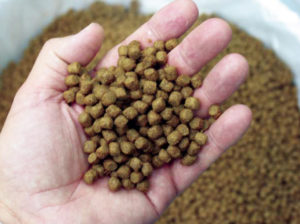
Feed efficiency indicators for responsible aquaculture
While feed conversion ratios are often used as indexes of feed efficiency, they can be misleading as ecological indicators.
Analytical procedures, like measuring water stability of shrimp feed, performed at labs provide more consistent and quantitative results.

While feed conversion ratios are often used as indexes of feed efficiency, they can be misleading as ecological indicators.

In a feeding trial, organic suspended solids loads for tray-fed shrimp were much lower than those generated by mechanical dispersion.

In grinding aquaculture feed to proper particle sizes, parameters of consideration include particle size distribution and pellet density.
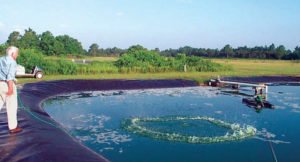
Underfeeding can slow growth rates and overfeeding adversely affects water quality so it is critical to adjust feeding rates to meet actual demands of shrimp.
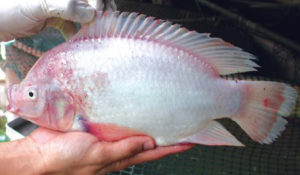
The optimum dietary lipid level for tilapia ranges from 10 to 15 percent. Various vegetable oil products show promise as replacements for fish oil in feeds.
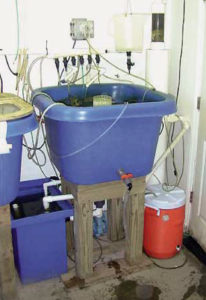
Intensive rotifer culture systems can significantly reduce the space and labor requirements for the production of rotifers in marine finfish hatcheries.
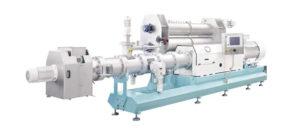
Shrimp feeds manufactured through the extrusion process can be produced with target quality attributes in a shorter time, thus improving feed production efficiencies.
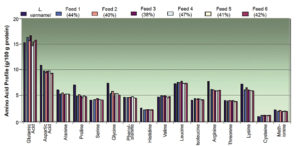
The authors recently conducted a study to determine the amino acids content of commercial shrimp feeds the effects of leaching for six of them.
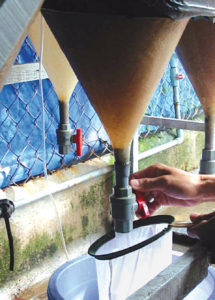
At shrimp hatcheries, artemia replacement diets are used to replace live artemia, but complete replacement in commercial conditions remains a challenge.

Extruded pellets with high water stability can be produced without artificial binders by controlling the specific mechanical energy, or SME controls.
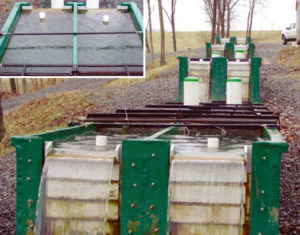
New standards tighten the regulatory requirements for U.S. aquaculture producers regarding solid and dissolved pollutant loading in effluents.

Shrimp are farmed globally in a wide range of production systems and fed under diverse feeding strategies throughout their life cycles.
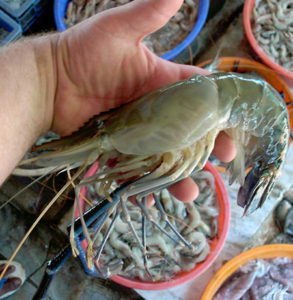
Scale of operation and production rates dictate freshwater prawn feed management. Although labor-intensive, monitoring consumption with feed trays increases efficiency.

During the aquafeed manufacturing process, preconditioning increases the moisture content and temperature of feed meal particles.
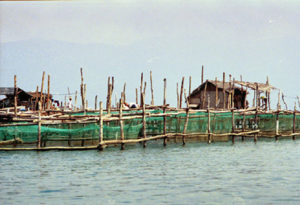
The Commonwealth Scientific and Industrial Research Organisation has researched pelleted dry feeds are palatable to juvenile tropical spiny lobsters.